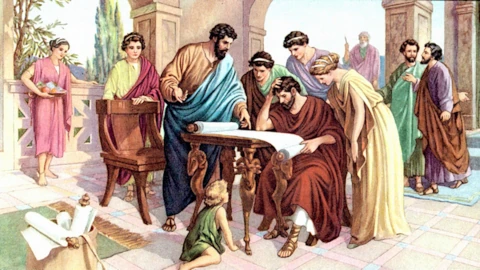Study Type: Adult Lesson
Study intended for sharing in a small fellowship or class of adults
The prophecy of Joel is clearly (in my opinion) an “end-times” prophecy – the fulfillment of which is yet in the future. It interlocks completely with other end-times prophecies found in Daniel, Ezekiel, Zechariah, Matthew 24, Revelation. The overarching theme of these prophecies is the coming “Day of the Lord” which will bring the utter destruction of the current universe and God’s creation of an entirely new world in which sin and all the curses sin brought into the first creation – death, disease, famine, war, pain, sorrow, and everything else we collectively call “evil” – are purged completely and eternally.




